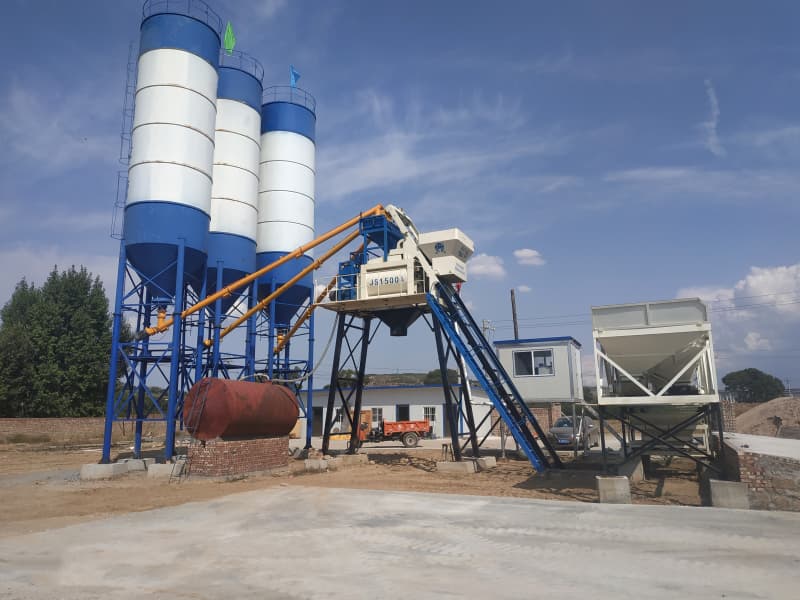The Essential Guide to Concrete Batching Plants
Introduction
Concrete batching plants are the backbone of modern construction, ensuring efficient and precise mixing of concrete for various projects. Whether for large-scale infrastructure or small residential builds, these plants play a crucial role in delivering high-quality concrete. In this blog, we’ll explore the types, components, and benefits of batching plants, along with key considerations for optimal operation.
Types of Concrete Batching Plants
-
Stationary Batching Plants
-
Ideal for large, long-term projects.
-
High production capacity (up to 200 m³/h or more).
-
Requires a fixed location with ample space.
-
-
Mobile Batching Plants
-
Compact and portable, suitable for short-term or remote projects.
-
Quick setup and relocation.
-
Lower production capacity compared to stationary plants.
-
-
Ready-Mix Plants
-
Produces pre-mixed concrete for immediate use.
-
Ensures consistent quality and reduces on-site mixing time.
-
-
Central Mix Plants
-
Fully mixes concrete before transportation.
-
Better quality control but requires more space and investment.
-
Key Components of a Batching Plant
-
Aggregate Bins – Stores sand, gravel, and other aggregates.
-
Conveyor Belts/Skip Hoist – Transfers materials to the mixer.
-
Weighing System – Ensures accurate measurement of materials.
-
Mixer Unit – Combines cement, water, and aggregates (twin-shaft, planetary, or drum mixers).
-
Cement Silos – Stores bulk cement securely.
-
Control Panel – Automated systems for precise batching and mixing.
-
Water & Additive Tanks – Manages water and chemical admixtures.
Benefits of Using a Batching Plant
✔ Consistent Quality – Precise measurements ensure uniform concrete strength.
✔ Efficiency – Faster production compared to manual mixing.
✔ Cost-Effective – Reduces material waste and labor costs.
✔ Eco-Friendly – Lower dust emissions and better resource management.
✔ Customization – Adjustable mix designs for different project needs.
Best Practices for Operating a Batching Plant
-
Regular Maintenance – Check mixers, belts, and sensors to avoid breakdowns.
-
Calibration – Ensure weighing systems are accurate.
-
Quality Control – Test raw materials and final concrete mixes.
-
Operator Training – Skilled personnel improve efficiency and safety.
-
Environmental Compliance – Follow dust and noise control regulations.
Conclusion
Concrete batching plants enhance construction productivity by delivering reliable, high-quality concrete efficiently. Choosing the right type—whether stationary, mobile, ready-mix, or central mix—depends on project scale and requirements. By maintaining proper operation and upkeep, contractors can maximize performance and longevity.
Interested in setting up a batching plant? Consult with experts to find the best solution for your needs!
Would you like any modifications or additional sections, such as case studies or technical specifications? Let me know how I can refine this further! WhatsApp: 0086 18790662072








